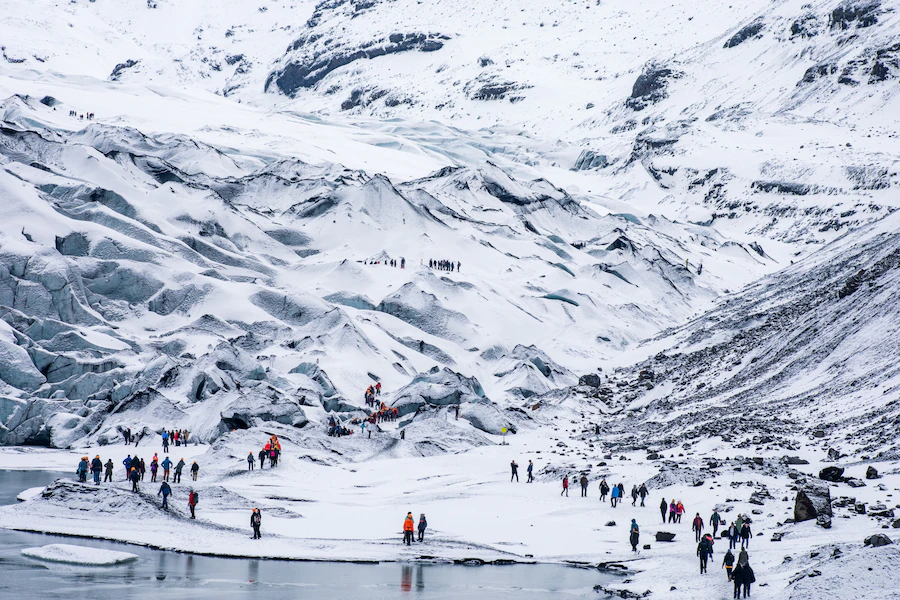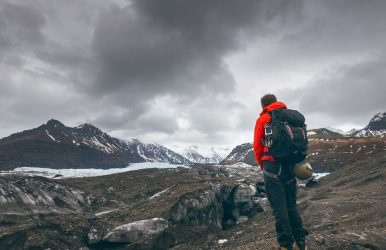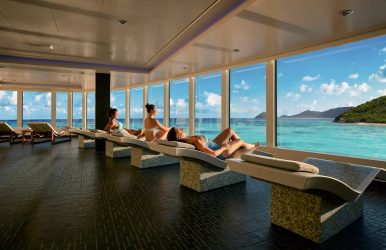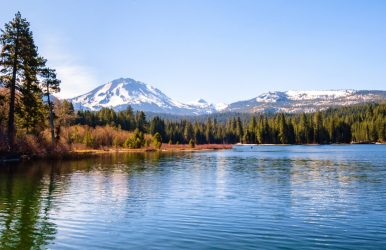Adventure Awaits: The Path To Fulfilment Through Exploration
BY Sibashree Oct 22, 2025
You ever feel like life’s just looping on repeat? Same mornings, same coffee, same everything. At some point, most of us start craving something that shakes that pattern, and we need something raw and real. That’s where adventure holidays sneak in. They don’t just change your surroundings, they mess (in a good way) with how you see yourself. For anyone coming out of alcohol rehabilitation centres, that shift can mean the world. It’s like flipping a switch, a chance to rebuild confidence, piece life together again, and actually feel alive instead of just existing. Here is more on how transformative travel experiences help us. The Psychology Of Adventure Adventure does something strange to your mind. It wakes it up. Think hiking in the Himalayas or rafting wild rivers in New Zealand. It’s not just adrenaline. It’s therapy in disguise. A study by the University of Northampton found that roughly 90% of people felt stronger, more fulfilled after “residential outdoor trips on nature connectedness.” That’s almost everyone. Makes sense, though! When you’ve climbed that mountain, or even survived that one terrifying wave, something in your head just changes. Most folks find that once they’re out there, facing new challenges, limits stretch. You go from “I can’t” to “wait, maybe I can.” And that’s where growth lives. Especially for anyone recovering from addiction, every small win whispers, see, change is real. It’s not easy, but it’s honest work, and that’s the beauty of it. Examples Of Adventure Holidays Are you looking for transformative travel experiences? You can explore the following activities and adventures. 1. Trekking In Patagonia Now this one’s stunning. Honestly, otherworldly! Glaciers that glow blue, winds that test your patience, and trails that humble you real quick. There’s something about being surrounded by that much untamed beauty that resets your brain. 2. Surfing In Costa Rica It is not your average beach trip. Warm waves, laughter echoing off the water, and even falling feels kind of freeing. Learning to surf teaches patience. You wipe out a dozen times, but when you finally ride that wave — yeah, it changes something inside you. 3. Safari In South Africa There’s silence out there that words can’t touch. Watching a lion cross the grasslands or an elephant just being! Time slows down. And for a moment, you’re reminded how big life actually is. 4. Mountain Biking In The Alps It’s chaos and calm rolled into one. The climbs are brutal, the paths unpredictable, but man, those views. Finishing a tough trail feels like winning back a part of yourself you didn’t even know you’d lost. 5. Kayaking In The Norwegian Fjords This one’s magic. Paddling between steep cliffs that look carved by gods is a one-of-a-kind experience. It’s almost too quiet. The rhythm of your paddle turns into a kind of meditation. You start thinking, really thinking, about where your life’s going next. Transformative Travel Experiences And Building Connections And Community The Funniest thing about adventure trips is that you show up thinking you’re doing it for yourself, but you end up building these unexpected friendships. People you’ve never met start to feel like family after a few shared challenges (or shared blisters). Late-night talks, bad coffee, shared laughs! That’s the stuff you remember. On a trek route, when a shepherd you meet or your guide shares a slice of cheese with you or pours a cup of coffee, you know you have met the divine. And especially for folks fresh out of rehab, that connection? It’s gold. Suddenly, you’re not alone. You’re with people who get it. Who nods instead of judging you. Those friendships stick even long after the trip’s done. Sometimes, they’re the reason you keep pushing forward later on. When you are straight out of rehab, all you seek is getting included or becoming accepted. These things often become difficult when you are back amidst your family and friends. Back in their minds, they somehow go completely prejudice-free. However, when you are meeting new people on a journey, these new people do not know you, and they accept you as who you are at present. Embracing Change And Personal Growth Through Transformative Travel Experiences Adventure is messy. You can plan every detail and still have everything go sideways, and that’s the point. It forces you to adapt, breathe, and trust yourself again. Somewhere between the scrapes, the missed turns, and the quiet sunsets, you find clarity. You remember what you want. For people healing from addiction, that moment hits deeper. Stepping outside, feeling tested but not defeated, it rewrites your story. You’re not “recovering” anymore, and you’re living. And the things you pick up out there, including patience, grit, and gratitude, they stay long after you’re back home. At the end of it all, adventure holidays aren’t really about travel. They’re about renewal. They crack open the shell of routine and let the light in again. Whether you’re trekking Patagonia’s wild path or gliding through Norway’s fjords, you don’t just move through landscape. They move through you. So yeah, if life’s been feeling heavy or stuck, maybe it’s time to pack a bag. The world’s out there, waiting with rough edges and all. And if you let it, adventure might just hand you back the best version of yourself. Transformative Travel Experience: More Than A Buzzword “What that transformation is will be different for every traveller: some will be about traversing exterior landscapes, and some will be about traversing interior landscapes.” - Arnie Weissman, the Editor-in-Chief of Travel Weekly, said this in a report on the BBC. So, while connecting with new people and new locations, you are actually taking a step forward and soaking in every experience mindfully. However, to indulge in a transformative travel experience, make sure that you don’t overestimate your travel plans. You must keep it spontaneous and slow-paced so that you have enough time for journaling, taking photos, drawing a picture or whatever makes your travel moments unforgettable. Moreover, with transformative travel experiences, you can free yourself from self-pity. While meeting new people, you will know that many are living under conditions worse than yours. So, you will be thankful for what you have right now.













